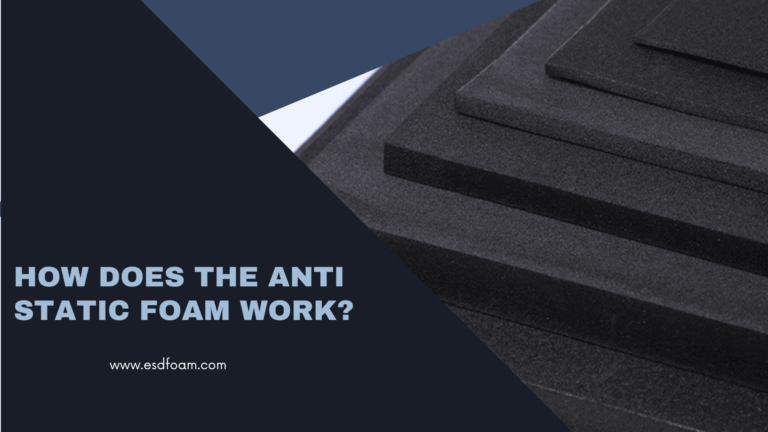The lifespan of anti-static foam depends on several factors, including the type of foam, the conditions it is used in, and the level of use and wear it is subjected to. In general, anti-static foam can last for several years if it is properly cared for and maintained.
Conductive foam and dissipative foam are generally more durable than static-shielding foam, as they are designed to withstand repeated use and handling. However, over time, conductive and dissipative foam may lose some of their anti-static properties due to wear or contamination. To extend the lifespan of anti-static foam, it is important to avoid exposing it to harsh chemicals, extreme temperatures, or excessive moisture, as these can damage the foam and reduce its effectiveness.
Static-shielding foam is generally less durable than conductive or dissipative foam, as it is designed for one-time use or for applications where the foam will not be handled frequently. Static-shielding foam may also be more prone to damage from moisture or contaminants, which can compromise its ability to shield against static charges.
Overall, the lifespan of anti-static foam can vary depending on the specific application and the conditions it is subjected to. If anti-static foam is used and maintained properly, it can last for several years and provide reliable protection against electrostatic discharge.




